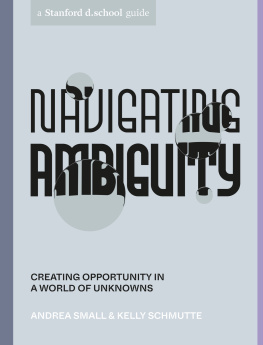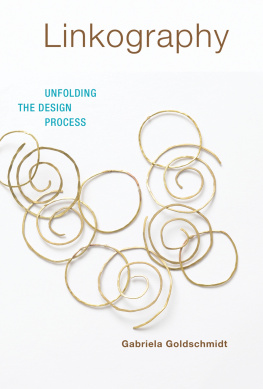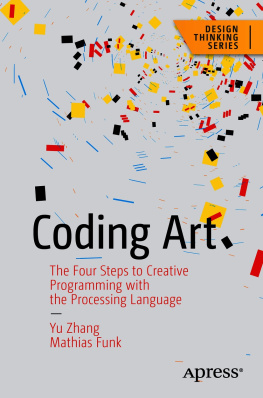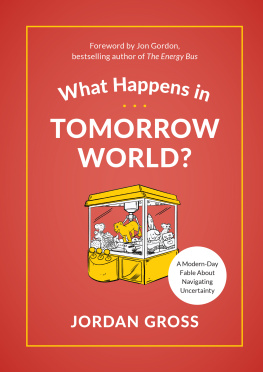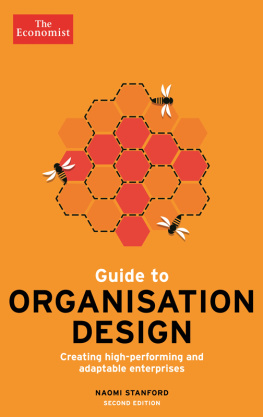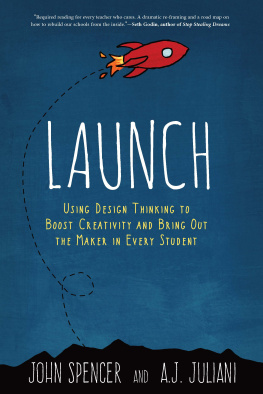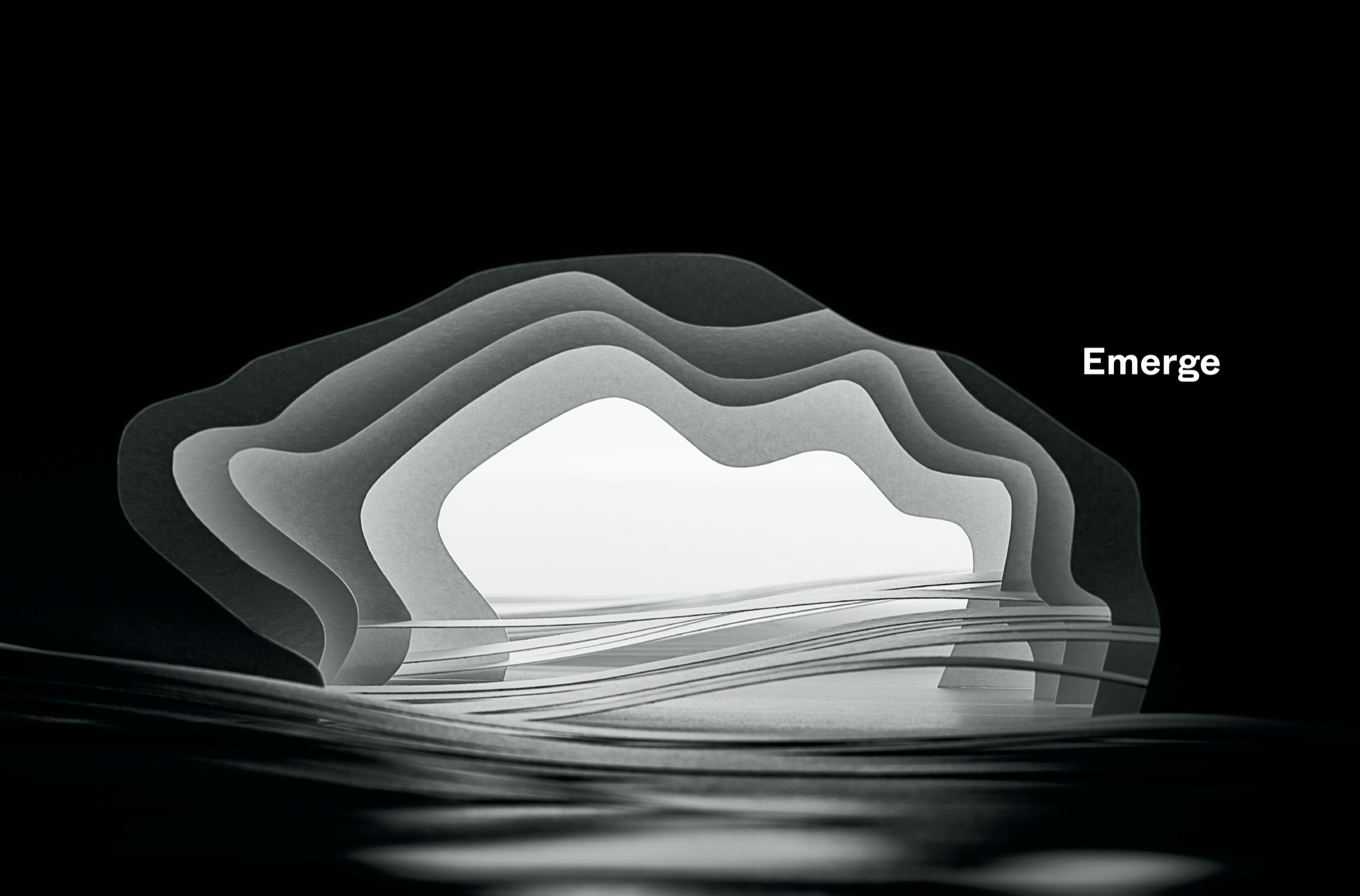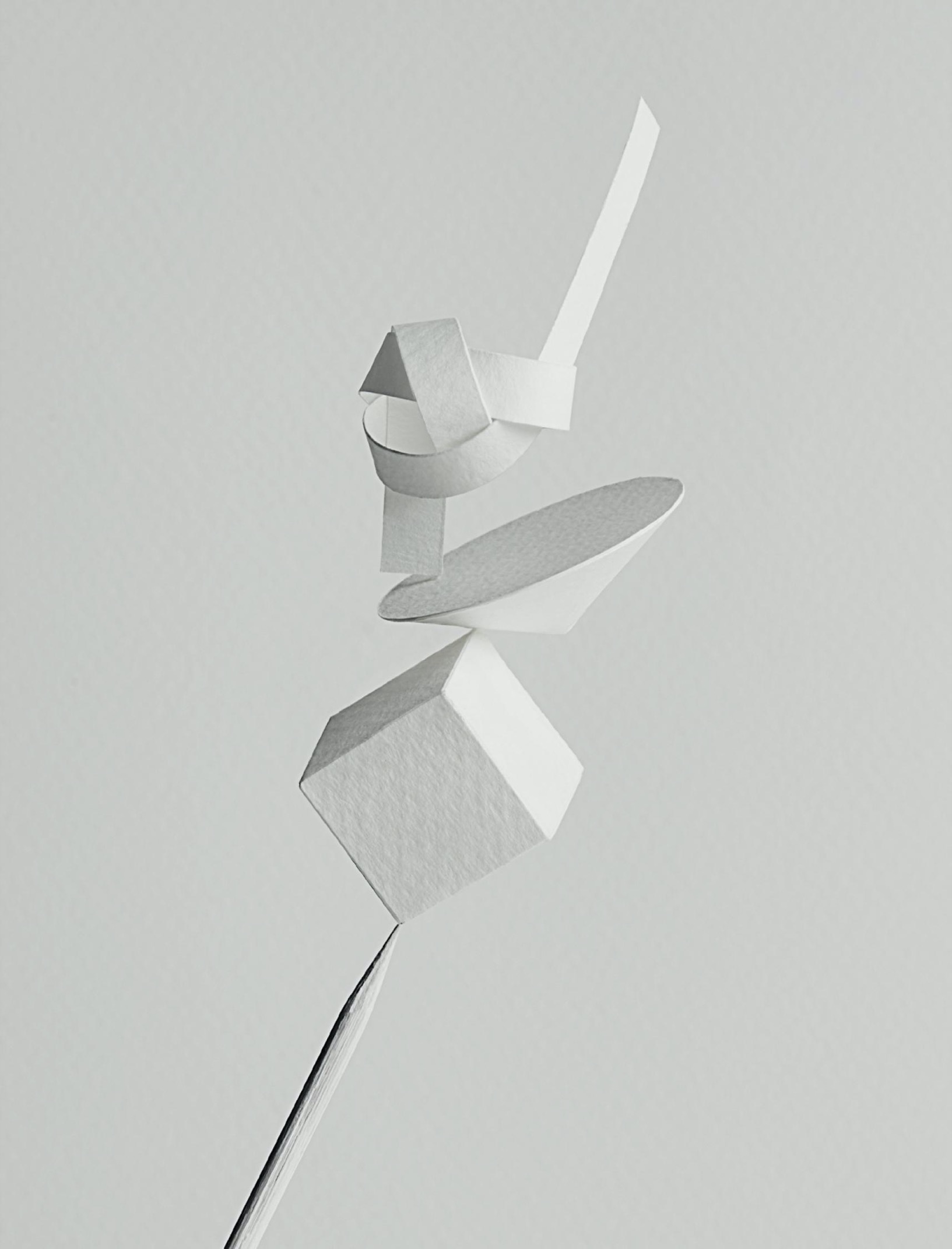Scott Doorley and Charlotte Burgess-Auburn: Thank you for being our river guides and for truly navigating ambiguity with us. Reina Takahashi: How did we ever get so lucky as to have you as an artistic collaborator? And Andria Lo: Thank you for transforming 3D artwork into gorgeous images on the page.
To Kim Keller, Emma Campion, Mari Gill, Kristi Hein, Jane Chinn, and the whole TSP team: our thanks for your sustained efforts to make everything shine, and for solving all the unknowns on a book about ambiguity.
Ambiguity is forever, but this book is not.
Ambiguity is a given.
Were lobbying to get it added next to death and taxes. But unlike that fun pair, when viewed a certain way, ambiguity is also an opportunity. For those who pause to explore, discovery awaits.
Build your stamina.
Every ambiguous project or problem that you attempt to work through will help you in the future. But dont attempt a marathon on your first runyoull injure yourself and probably freak out the people around you. Embracing ambiguity is an endurance sport, not a sprint. Experienced marathoners know what their body will feel like at mile 22and how to keep pushing through itbecause theyve been there before. Start slowly, with a few low-risk experiments. The more you experiment and learn from your experiences, the better equipped you will be to make decisions in the future.
Do the harder thing.
In her days as a teaching fellow, d.school Executive Director Sarah Stein Greenberg was advising a student team that had come to an impasse in a project to design a low-cost infant incubator for trained clinicians to use in urban hospitals in Nepal. The team was feeling the tension between wanting to do something they thought they could accomplish by following the design brief or going for a more complex challenge well outside of their comfort zone. They needed to create a design solution for a rural parent unable to get to a hospital when trying to save their baby in a desperate situation. Sarah says this is common with students: They have all the raw materials they need to do something really unique, but they dont recognize its potentialor fear causes them to revert to a more familiar (less ambiguous!) territory.
Do they pick the route that has a clear, winnable outcome? Or do they go for the scarier, amorphous challenge? When the team asked Sarah to weigh in, she advised them to do the thing that seems harder. The result was the design of a life-saving device: the Embrace baby incubator, which uses wax pouches (warmed in boiling water) in a sleeping-bag-like wrap to maintain a constant temperature, all for twenty-five dollars.
We know our brain wants to play it safe. If youre hemming and hawing, debating and weighing, try doing the thing that seems harder. When you lean into the thing that seems less comfortable, you may get to more interesting ideas.
Andknow your boundaries.
This is the corollary to doing the harder thing. Discomfort can help you learn, but too much discomfort can put you in the panic zone. All your energy gets used up in managing your anxiety, and that leaves no room for learning.
One way to recharge is by spending time in your comfort zone. If youre feeling walloped by a dip into the panic zone, recharge and build your confidence by doing what you already know and have done before. Soon youll be ready to venture into the learning zone again.
Working with ambiguity is about balance.
Being good at navigating ambiguity isnt a black box of mystery, but it is a continual exercise in awareness and decision making. When youve embarked on a voyage, you cant snooze for ten hours and expect your boat to stay the course. Navigating ambiguity requires actiontaking purposeful initiativeand adaptationflexing with changing conditions. Theres a push-pull interaction between these complementary forces, between where youre going and how youre getting there. When balanced well, like peanut butter and jelly, action and adaptation will fuel your confidence (or fill your tummy) and build trust. Trust is ultimately way more powerful than control when youre up against the unknown.
Just remember to keep movingmoving helps you balance.
If youre balancing, you might fall every now and then. If youre falling, chances are your balancing act has become too chaotic or too static. Movement doesnt have to be big to be effective. Its the motion that counts. Dont forget to pat yourself on the back for being brave enough to get on the ride, and, to further mix the metaphors, keep paddling.
The unknown can be a scary place. Even the familiar becomes foreboding in darknessyour local pool, the ocean, a favorite lake, the bathtub. Sharks magically materialize in the water at night. Suns up: totally safe. Suns down: demon creatures lurk in the deep. Its hard to trust what you cant see. Its shadowy. Its frightening. Theres probably something slimy thats going to touch your foot.
Limiting beliefs might keep us comfortably on the shore or side of the pool, but they hold us back from experiencing the joys of night swimming. The exhilaration. The apprehension. The peace. The reward of giving in to something you cant fully seeand living to tell the tale.
Our collective relationship with ambiguity is becoming more defined and complex as we swim into unknowns together on a global scale. School, work, home, family, friendseverything in our lives has been inundated with unknowns, and its perpetually unfolding. Its like night swimming is just life now.
We consider ourselves intermediate-novices on the topic of ambiguity, and we are proud to admit its still uncomfortable. Sometimes it feels like were slogging through a bog, trying to hit a moving target, or cutting cubes out of fog. In the end, were still masochists advocates. We love ambiguity for the possibility it creates.
As you reenter the world after this ambiguous trip, you might not know where youre going from here. But you have everything you need to navigate there.

